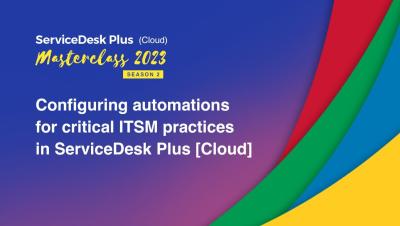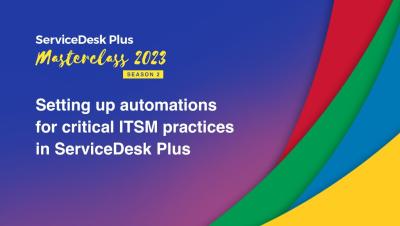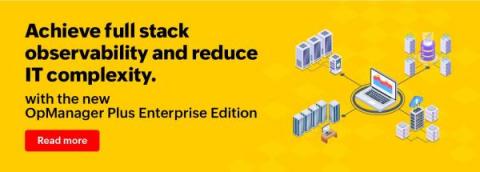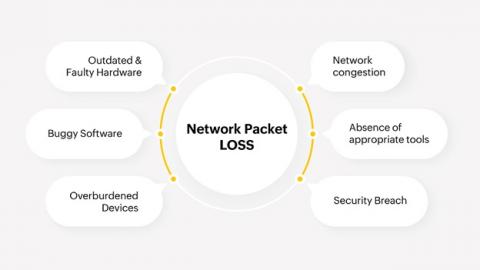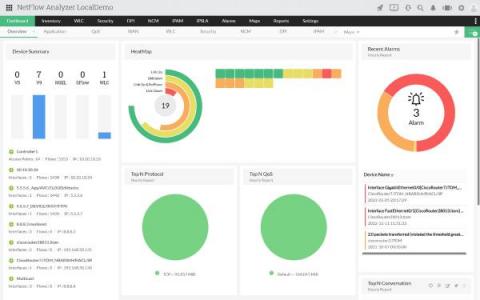Top tips: Five ways you can reduce unplanned network downtime
Top tips is a weekly column where we highlight what’s trending in the tech world today and list out ways to explore these trends. This week we’re looking at five ways your business can minimize unplanned network downtime. Network downtime is the bane of the IT service provider. It disrupts not only internal operations, but can greatly inconvenience your customer who relies on the uninterrupted access to and the full functioning of your product or service.




